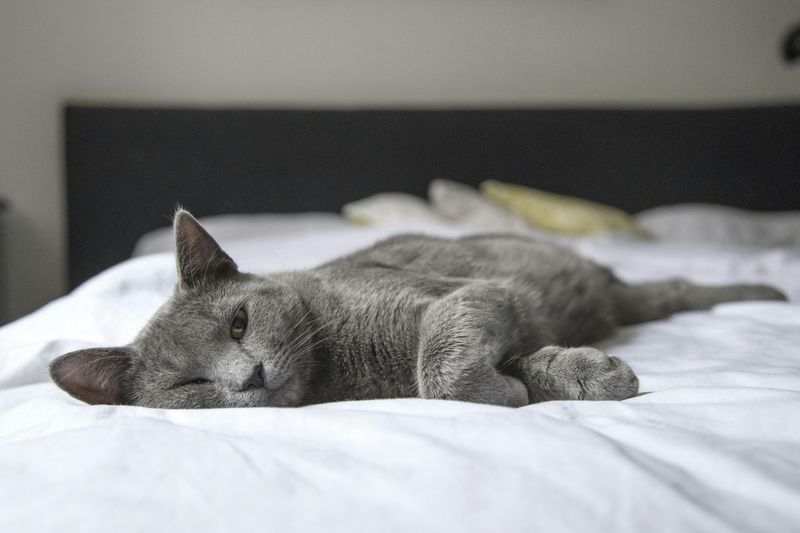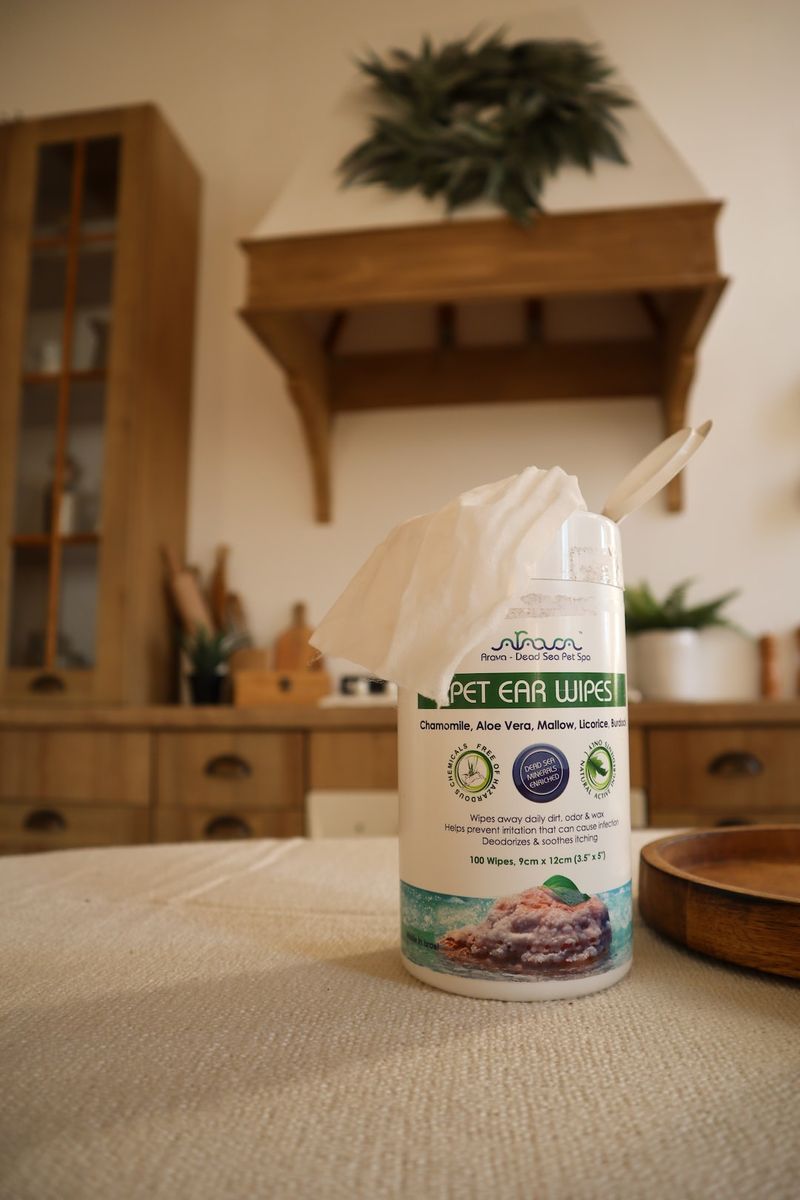海龜甲殼腐爛:獸醫解釋治療、原因和預防方法
- 2023/8/26 上午 09:24:55
Turtle Shell Rot: Vet Explained Treatment, Causes, & Prevention
By Dr. Emma Chandley, BVetMed MRCVS (Vet)
Last updated: Aug 25 2023
Turtle shell rot is a common condition that affects both turtles and tortoises. It is very important that turtle owners are aware of the signs to watch out for as if caught early, treatment and management are relatively straightforward. If left untreated, it can become a serious problem and even result in death. There are lots of ways turtle owners can prevent shell rot from occurring. This article will discuss diagnosis, treatment, and ways to avoid turtle shell rot.
What Is Turtle Shell Rot?
Turtle shell rot is a generic phrase used to describe the effects of bacteria, fungi, or algae causing disease affecting a turtle’s shell. Shell rot is often seen after only minor damage to the shell. In reality, even the smallest injury can allow for unwanted pathogens to access the well-variable area underneath the hard keratin layer of the shell. Turtle shell rot also goes by the name of ulcerative shell disease. It is an infection that develops on either the top half (called the carapace) or the bottom half (called the plastron) of the shell. If the surface of the shell is in some way compromised, such as due to an injury, this can allow opportunistic organisms such as bacteria or fungi to infect the living tissue underneath the hard outer shell. In aquatic species of turtles, algae can also establish infection and cause ulcerative shell disease. Shell rot causes the destruction of the shell of the turtle. Deep abscesses will form that affect the surrounding tissues, which can be extremely painful and can fester for months or even years. This causes extensive damage to the underlying structures. If left untreated, the shell plates can eventually fall off. Shell rot can progress to a severe form called septicemic cutaneous ulcerative disease (SCUD).
What Are the Signs of Turtle Shell Rot?
Shell rot is easy to spot as clinical signs can be seen on the surface of the shell. It is very important to be familiar with the early signs so that they can be caught early on before it has a detrimental effect on your turtle. Early signs to watch out for that predispose your turtle to shell rot include any sort of damage to the turtle’s shell. This involves:
- Dents in the shell
- Pits in the shell
- Holes in the shell
Any damage to the shell allows for bacteria and other infectious organisms to enter the shell and become established. Once this occurs the following signs can be seen:
- White or grey spots on the shell
- Uneven shell
- Discoloration
- Troughs and pits on the shell
- Poor body condition
- Moss growing on shell
- Foul smell from the shell
- Slime on shell
- Softer shell
- Parts of the shell missing
- Flaking shell
- Red fluid under the shell
- Pus/discharge from shell
- Loss of whole parts of the shell
It is important to check your turtle’s shell regularly for any abnormalities. When checking the underneath of the shell, do not flip your turtle over onto their back as this can cause them a great deal of stress.
What Are the Causes of Turtle Shell Rot?
Shell rot is usually caused by damage to the shell that compromises its structural integrity. Injury: Turtles can sustain injuries fighting. Turtles fight by biting, ramming their heads into each other, and scratching each other. Usually, fighting breaks out due to disputes over food, territory, or mating. When turtles reach sexual maturity, male turtles will fight other males for competition, and they will also fight females that they want to mate with. Turtles can also injure themselves if their enclosure is not appropriate—they can rub or scratch themselves on sharp or pointed objects or fall over. If their water is too shallow, they can jump in and injure themselves on the bottom of the pool. Inappropriate climate: If your turtle’s living area is not kept at the correct temperature and humidity, this can cause issues for your turtle. If the enclosure is too hot or too cold, this can cause the shell to crack. If the humidity is too dry, this can cause skin and shell issues. If the climate is too moist, this may cause the shell to soften. Poor vivarium hygiene: Dirty living quarters mean that bacteria and other pathogens are able to thrive. It is very important to ensure the vivarium is kept clean. Do not forget to clean out water bowls too. Soiled or rotting bedding materials can contribute to bacterial or fungal shell rot. Ticks: Ticks can attach to your turtle easily and with their bite, can cause an entry route for infectious organisms to become established. Water hygiene: In aquatic species, water hygiene is just as important as a clean vivarium. A good quality filtration system is vital. If a turtle is living in dirty water, infections are almost inevitable as they will be in close contact with pathogens constantly. Sterilizers can be added to the filtration circuit to reduce the incidence of skin and shell infections.
Diagnosis of Turtle Shell Rot
Diagnosis of turtle rot is based on the clinical history and thorough physical exam. Your vet will ask if there have been any recent illnesses or injuries that may be relevant. They will look at the condition of the shell and note any abnormalities or damage. If there is any discharge or pus present, your vet may take samples to be analyzed. An X-ray may be required to assess the anatomy of the shell and any structural damage. An ultrasound scan is sometimes useful to assess fluid build-up or blood flow to certain areas.
How Do I Care for a Turtle with Shell Rot?
If your turtle has a mild case of shell rot, this can be treated with a strict and vigorous cleaning regime. Usually, a solution containing chlorhexidine is chosen for this job. A soft bristle brush can be used to gently scrub the affected area. Ensure to rinse the solution off afterward and dry it. Your vet will advise you on the frequency, however, it is normally required at least twice daily for a number of weeks. In some cases, your vet will need to debride the shell and remove any dead areas of the shell as they will continue to cause problems if left. The dead areas can be gently removed using a brush or scalpel blade. The shell is soaked initially with an iodine solution, then the shell is scrubbed to remove any loose debris. After this, larger dead pieces can be scraped or cut away. If a bacterial infection is present, your vet will prescribe antibiotics. This can be in a topical form, oral tablets, or a combination of both. Your vet will usually choose antibiotics from a culture and sensitivity test of fluid or pus from an infected site. If a fungal infection has been identified, antifungal medication will be prescribed by your vet. If your turtle is extremely unwell, they may go off their food and require feeding tube placement. If this is the case, your vet will be able to place one and administer the correct nutrition. This is important in aiding a quick recovery.
How to Avoid Turtle Shell Rot
Keep your turtle’s environment clean. This is the simplest and arguably the most important thing owners can do. A deep clean of the vivarium once a week minimum is required, as well as daily cleaning of any mess the turtle has made and any soiled or wet bedding. Remove any uneaten food at the end of each day. Ensure no flies or other insects have access to the space. If you spot anything in there that looks dirty, remove it immediately.
Ensure correct temperature and humidity. Temperature and humidity both need to be monitored closely to ensure they are correct for your turtle. Either extreme can cause shell rot to occur. Speak to your vet to make sure you know the correct temperature and humidity for the species of turtle you have. Keep a thermometer in the vivarium so that you can always check the temperature quickly. Be aware that you will need to adjust the temperature inside the vivarium in relation to the temperature outside. The temperature and humidity will also need adjusting if your turtle hibernates.
Ensure there are appropriate wet and dry areas. Make sure that your turtle has access to dry areas as well as water. Turtles require a dry area to bask in. If your turtle has nowhere to dry itself properly and has a wound on its shell, they are much more likely to develop shell rot if it is kept in damp, moist conditions.
Use a UV lamp. UV lamps are important as turtles are cold-blooded and rely on external heat sources to maintain their core temperature. The UV lamp will also help to keep the vivarium at the correct temperature.
Examine your turtle frequently. Make a habit of checking your turtle over frequently from a young age so that they are used to being handled. Make sure to check both the carapace and the plastron and their tail, head, and legs thoroughly. If you notice any abnormalities, contact your vet immediately.
Identify potential hazards in the environment. Carry out a risk assessment on your turtle’s vivarium and ensure there are no sharp or spikey points that could potentially cause damage to the shell. Make sure there is nowhere they can fall easily or scrape their shells on anything abrasive.
Frequently Asked Questions (FAQs)
Can a turtle recover from shell rot?
Turtles usually make a full recovery from shell rot, providing it is identified and diagnosed promptly and that they receive the correct treatment. It can be a slow, progressive disease, therefore recovery can also be slow and progressive so don’t expect miracles in the first few days. If the disease is more severe and septic cutaneous ulcerative disease (SCUD) has developed, this will hinder recovery and it will take a lot longer for your turtle to get back to normal.
Is shell rot painful for turtles?
Shell rot can be an extremely painful condition for turtles. Abscesses and swelling under the shell can press on local tissues and cause a great deal of pain. Damage to the shell is also painful. Infections cause local inflammation which leads to discomfort and can hinder the use of limbs and the tail and head.
Is shell rot contagious to other turtles?
Shell rot can be a highly contagious condition. If one turtle has an infection, it can easily spread to other turtles in the same environment if they come into close contact with each other. If you have a turtle with shell rot and they are housed with others, consider separating them and keep a close eye on the other turtles for any signs of disease.
Conclusion
Shell rot is a very common problem seen in turtles. It is fairly easy to treat with the right approach. Turtles can become very sick with shell rot, so it is important owners make sure they check their turtles regularly for signs and contact their vet immediately if they spot any. If left untreated, shell rot can have devastating consequences. Prevention is better than cure so ensure you do everything you can to keep your turtle healthy and safe.
Sources

<< photo by Finn >>
該圖片僅供說明,非實際案例圖片。











